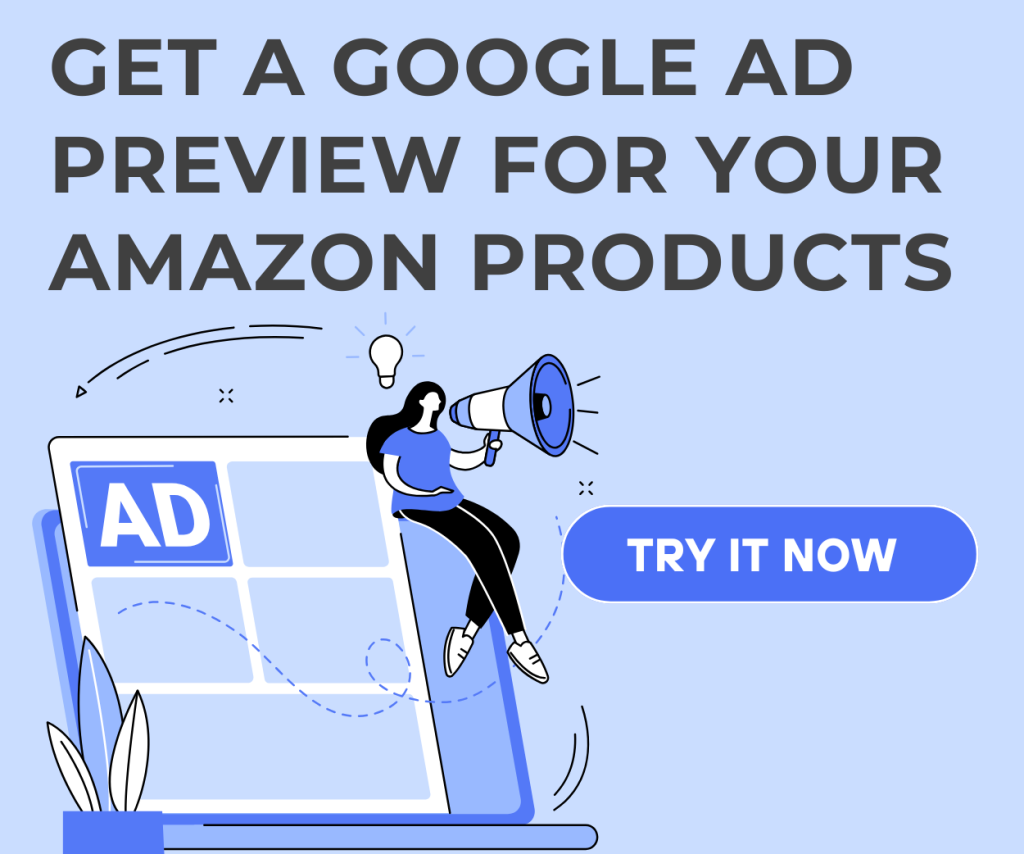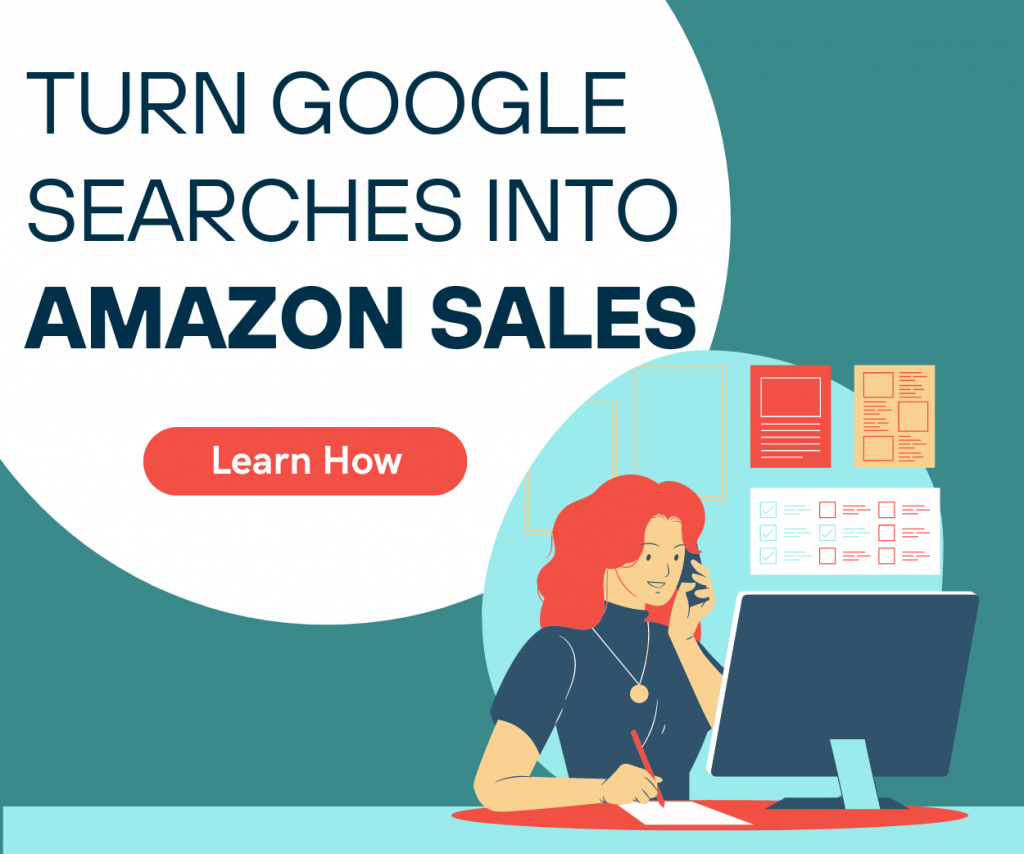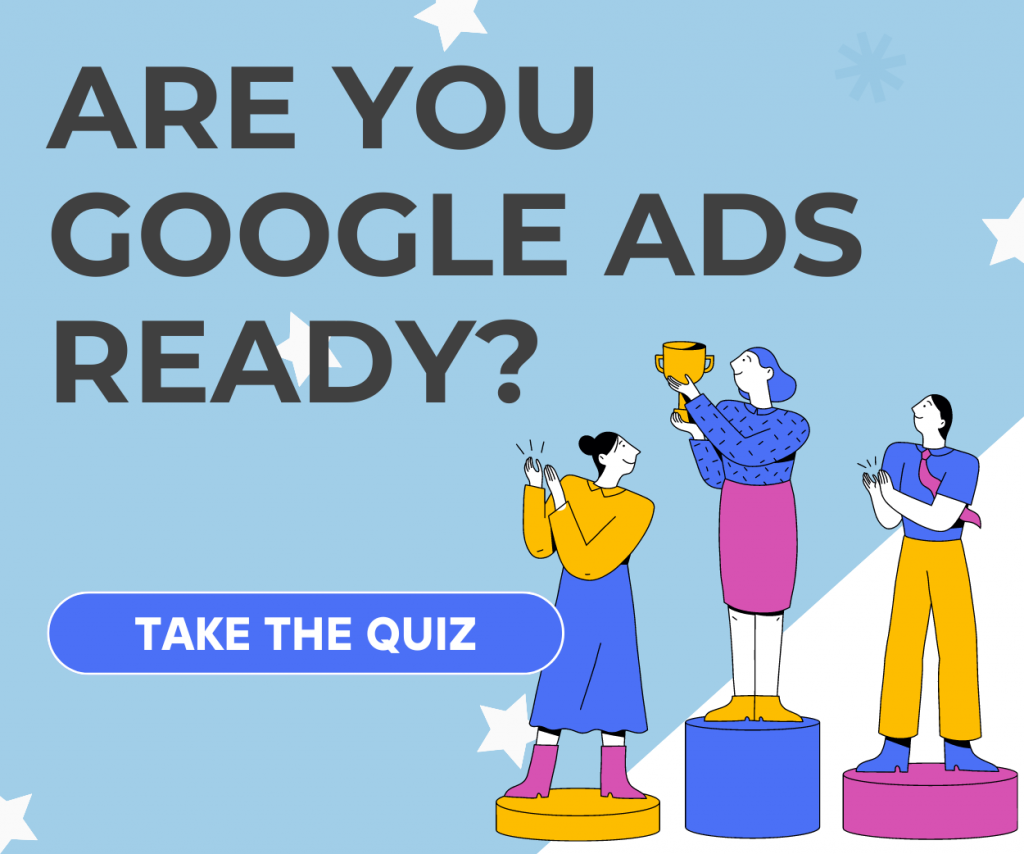Here is the screencap of this week’s PPCChat session where host Julie F Bacchini sought experts’ views on the importance of account structure, does it vary by platform? Do changes in the way platforms are set up these days influence PPCer’s account and campaign structures? and more.
Q1: Do you think account structure really matters anymore? If so, does it vary by platform? And if not, why not?
Yes, and Yes. But as usual, it depends. A structure for ecom is very different than a structure for lead gen or a government program. But it does matter IMO. @JuliaVyse
For B2B, absolutely 100% yes. To elaborate, it matters for both search and social. Campaigns are split by buyer journey, brand/non-brand, product/solution, etc @beyondthepaid
Varies by platform and depends on how the media buyer sets it up. No golden rule but recommended practices. And it does matter. @alimehdimukadam
I do think account and campaign structure still matters. Although the platforms seem to be doing their damndest to make it less so? @NeptuneMoon
So my playful answer of “it matters if you think it matters” is 100% how I feel. If you think it matters, you will invest the time and energy to make your account a well-oiled machine that requires minimal active oversight (though you’ll give it the oversight anyway). If you don’t care, you’ll make “mistakes” that would make a lot of us cringe, but you’re only going to keep investing if you see return. @navahhopkins
so for people like us – it absolutely matters and we can debate which structures work best. For the layperson/business owner who is balancing ppc among many other things…it’s honestly not going to matter at all @navahhopkins
Yes, basics like the separation of Brand & Non Brand Search make sense as do sensible Shopping Partitions – Best Sellers & Exclusives run on their own. After that “it can depend.”Agencies that sell hard in audits can easily find problems with account structure and fix problems that don’t really exist so decision makers who aren’t that savvy be warned. @EricLouisConsulting
This is probably a good spot to mention that “bad” structures can be amazing performers and “excellent” structures can tank too…@NeptuneMoon
@EricLouisConsulting what’s funny is I even see some accounts with brand and non-brand mixed together and they refuse to change it because when they try, their accounts fail. @navahhopkins
@navahhopkins My caveat would be for brands with 5k+ MSV on their brand terms AND genuine non-brand opportunity. I’d think my comment would hold up. That said, I do have a client where I’m hesitant to exclude Brand from Pmax because the Non brand opportunity for them is SUPER LOW. @EricLouisConsulting
I fully agree with you! My point was more that there really isn’t any “safe” structure. They’re all debatable @navahhopkins
Can we all agree SKAGs in a new account are passé? @NeptuneMoon
Yes @beyondthepaid
Yes @navahhopkins
Please @CarolinaTorres
Kill them with fire @JuliaVyse
No reason for SKAGs these days @beyondthepaid
I’ve been pushing for the death of SKAG since 2017. close variants killed them. and now we can have STAGs.@navahhopkins
It does matter. One of the thoughts that’s crossed my mind more and more recently:
It’s not our jobs to set up campaigns according to Google’s best practices (or any others platform) but to set things up so they have the best chances to perform. @BorisBeceric
I hear you @navahhopkins in truth there’s always exceptions, I always try to give input that holds up 80% of the time. Not aimed at you but often times PPC commentary leans a little too much in the “it depends / more context is needed” direction. @EricLouisConsulting
It was my top answer for the PPC Town Hall I recorded with Fred and Andrew Lolk recently as to what should be banished in 2025. – but I agree it is wild to still be saying that in 2025. I see posts in other places with people asking about them though, so…@NeptuneMoon
I also think it’s important to note that Google first account structures don’t carry over to Microsoft, Meta, or LinkedIn. @navahhopkins
It matters because a proper setup makes it easier to report (often soooo neglected) and secondly easier to spot bad/good performance and scale where it makes sense. Can’t do that with siuper consolidated campaigns…@BorisBeceric
Q2: Have you changed the way you structure accounts and/or campaigns? If so, does it vary by platform? And if not, why not?
Yes! Microsoft tends to have more ad groups than Google because I can set ad group-level location targets and ad schedules. This means a more powerful budget vs lots of micro budgets. On meta, I organize based on creative vs objective. @navahhopkins
Social and search are really 2 different animals here. @beyondthepaid
Yes. Often more consolidated structures because of dataflow.
But also different keyword selection because the long tail has been dying a slow and painful death. @BorisBeceric
I also think it’s worth calling out how we decide an account is a better fit for DSA or broad match. @navahhopkins
I feel like the underlying foundation of how I set up accounts and campaigns hasn’t changed a ton in the last 5 years. But the actual setup has. Conceptually, I have been doing themed campaigns for what feels like forever. Lately those themes are definitely the driving force in search accounts and social. But what the theme is can vary in search v social. @NeptuneMoon
Because I won’t run both in the same account (they do the same job) @navahhopkins
Yes! all the AI additions in Meta have required a lot of adjustments over time. And changes to match types have definitely changed how I structure my negative keyword lists. @JuliaVyse
Yes, some of it due to STAGs. Some coz it makes it easier to view and control. Some for consolidating budgets in a single campaign and having multiple ad groups instead of splitting across 5 campaigns.Varies by platform coz Meta gives geo control at ad set level, Google at campaign level. @alimehdimukadam
I think you sometimes have to almost reverse-engineer what you want too. Like start at the end point and walk back through how you can best get a platform to give you want you want from a campaign. @NeptuneMoon
For example I am working on an account now that needs reach. Demand Gen seems like a good fit at first blush, but the topic is targeted at HS kids, so big audience barrier. Doing regular old display instead. With topics that proxy for HS kid interests. @NeptuneMoon
Display has been such a headache lately. @navahhopkins
Display has been a headache since always @NeptuneMoon
I wish the ad platforms would demonetize bad experiences. You’re not wrong @NeptuneMoon but in the early days we could at least all say we were learning together. @navahhopkins
The amount of terrible inventory in the Google Display Network is STAGGERING @NeptuneMoon
it’s been over two decades…get your sh*t together DSPs. All display networks @navahhopkins
Display is a constant game of whack-a-mole. @beyondthepaid
The financial incentive just isn’t there. so much opportunity for profit. @JuliaVyse
One of the reasons I push Microsoft so hard is to find the bad placements cheaper and then exclude everywhere. @navahhopkins
And 10,000 placement exclusions sounds like way more than you’d ever need… except it is inadequate for an account with decent volume that runs for a while. @NeptuneMoon
Microsoft lets you exclude infinite placements. I know they have other problems, but it’s worth celebrating. @navahhopkins
They got 99 problems but exclusions ain’t one. @NeptuneMoon
Microsoft is objectively better than Google at so many things…they just don’t have the volume and their interface is ugly. @navahhopkins
Microsoft really messed up serving for one of our clients, just for the record. Served everything on partners from 2-3 am and led to a huge refund. (and partners were supposed to be excluded) @revaminkoff
That is so true @navahhopkins They need to get on with combining Microsoft Ads + LinkedIn Ads already. @NeptuneMoon
Glad they refunded! That said was their an ad schedule in place? @navahhopkins
Definitely varies by platform. FB & Google Ads are extremely different. Microsoft mirrors Google for us. @KurtHenninger
I feel like they’re working on it @navahhopkins
@navahhopkins They were ok running 24/7 – they don’t have an ad schedule on Google – but most of their conversions come mid-late in the day (i.e. not 90% of budget from 2-3am) @revaminkoff
Microsoft requires an ad schedule (even for search) – the audience network is known to eat up all the ad spend and unless you exclude MSN and outlook from the campaign, you’re going to get audience network. @navahhopkins
It differs a lot by platform, and budget, depending on how much budget the client has is probably one of the biggest factors in how I structure an account. @jord_stark
Q3: Do changes in the way platforms are set up these days influence your account and campaign structures? Some examples include automation or certain campaign types (like Performance Max on Google Ads or ASC on Meta).
So here’s the thing: I feel horrible for all the poor brands starting their ad accounts now. They have so many pitfalls and none of the legacy features @navahhopkins
I’ll drop this here too – post today from Andrew Foxwell about changes to Meta campaigns…https://www.foxwelldigital.com/blog/metas-new-ad-campaign-type-what-it-is-why-it-matters-and-how-to-make-it-perform @NeptuneMoon
I don’t really change structure based on the UI – structure is always based on what the customer needs. However I do sometimes wish I could give folks older account functionality @navahhopkins
I am setting up some stuff in a new account right now and wow does Google make it so hard to not do what the reccommend/push! @NeptuneMoon
Same. It’s all about new products, and making sure clients either know and approve of automated tools, or turning them all off and checking regularly. @JuliaVyse
A lot has to do with turning things off at setup now. Auto-applied anything. Or changing defaults like broadest geographic setting or having display and search partners on in any new search campaign. @NeptuneMoon
Q4: What are your biggest frustrations with account and/or campaign structures right now?
Match types are funky – and such a high push to AI it can be hard to control what shows up where. @revaminkoff
Getting low search volume status on terms that a year ago you could absolutely specifically target. @NeptuneMoon
For me too, the push by platforms to combine everything into a single campaign is maddening. Like it goes against every fiber in my marketing and advertising being…@NeptuneMoon
Overlap of search queries across campaigns. No matter how many negatives we use, ads serve for the wrong solution/campaign, even with exact match. @beyondthepaid
Conversion tracking & data flow has been more crucial than ever. Some accounts I audit have wrong objectives and goals selected at campaign level, and they can be pageviews. @alimehdimukadam
Overlap is my biggest challenge. Everything matches to everything now. @JuliaVyse
I will echo the overlap misery! @NeptuneMoon
There is a real frustration with the lack of in-UI guidance that a structure has no chance to succeed. I see so many brands set budgets that are too low, or go after duplicates (sometimes recommended by Google who will then not serve ads because of duplicate keywords). @navahhopkins
No ad platform should let a campaign go live where the bids would be 2X-3X the daily budget. Amazon at least has a helpful rule that bids can’t exceed 50% of the daily budget @navahhopkins
Overlap is always an issue, but it’s the fact that the data in a lot of smart campaigns is obscured, making it even more difficult to even detect where the overlap is. @jord_stark
I echo wishing that there was more we could do to eliminate overlap. Even with exact and negatives, it can still get messy fast. @revaminkoff
Q5: If you could change something in a platform to make account or campaign structures better or easier, what would it be?
Add templates (but until such time, tools will fill that void) @navahhopkins
I would remove all the scary-toned language that pops up every time you change a default setting. @NeptuneMoon
If I can just be an ‘old man yells at cloud’ for a moment: please get rid of the sliders, or make them optional. I do not build huge accounts for giant orgs on a phone. Changing only the view of existing tools would help a lot. @JuliaVyse
I did see in the recent new setup I am doing that Google does tell you that your budget is below that of your competitors. @NeptuneMoon
Oh THANKS! I had NO idea that McDonald’s tends to spend more than me. Jesus…@JuliaVyse
Now for those of us who have been doing this since the stone age, it is hard to trust that type of message from Google Ads when we have seen outrageous budget suggestions for millennia…@NeptuneMoon
MCC-level templates would be a huge quality-of-life improvement. I would love having more control over placements. Not having to opt out of all 140 app placements 1 at a time would be amazing. @jord_stark
@jord_stark I miss the old category exclusions! They were so much more efficient and actually fully blocked categories! @NeptuneMoon
@NeptuneMoon Ah, the good ole days…@jord_stark
Now it’s like – oh you want that good inventory? Well you have to accept 12% of fat finger app crap to get it…@NeptuneMoon
I do a monthly cleanse of all placements that aren’t Google-owned and operated for any account that’s running PMax and I still get, just the spammiest placements… so sad. Wish I could opt into “Google owned and operated only”. @jord_stark
I have to tell you all too – my kid (age 12) simply clicks on app ads to make them go away. It’s kind of genius really. Click then close where it goes and done. Rather than waiting for the countdown in app ads…@NeptuneMoon
PPCChat Participants
- Julie F Bacchini @NeptuneMoon
- Reva Minkoff @revaminkoff
- Navah Hopkins @navahhopkins
- Ali Mehdi Mukadam @alimehdimukadam
- Boris Beceric @BorisBeceric
- Julia Vyse @JuliaVyse
- Jordan Stark @jord_stark
- Melissa L Mackey @beyondthepaid
- Eric Louis Consulting @EricLouisConsulting
- Carolina Torres @CarolinaTorres
- Kurt Henninger @KurtHenninger
- Jordan Stark @jord_stark
Related Links





Stop the wasted ad spend. Get more conversions from the same ad budget.
Our customers save over $16 Million per year on Google and Amazon Ads.